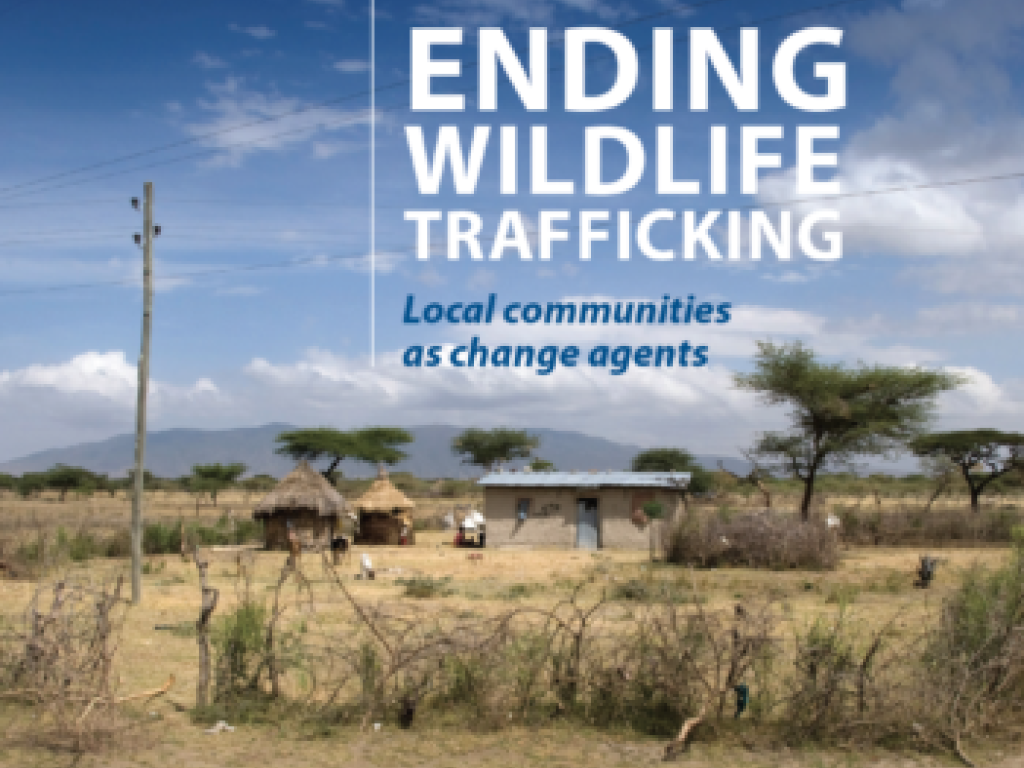Ending Wildlife Trafficking: Communities as Change Agents

The Global Initiative Against Transnational Organized Crime published a report titled Ending Wildlife Trafficking: Communities as Change Agents in August 2018. The report was written by Annette Hubschle with Clifford Shearing of the Global Risk Governance programme, University of Cape Town.
Summary below from the Global Initiative website
A large number of anti-poaching, conservation and management measures have been implemented to protect rhinos. None of these responses has achieved tangible results in lowering unnatural rhino deaths through illegal hunting in southern Africa. The international donor community, conservation NGOs and governments have disbursed millions of dollars to fight this illegal wildlife trade, and continue to do so.
We argue in this report that these measures are bound to fail, as they do not engage with the most important change agents in conservation: local people who live in or near protected areas and game reserves.
The report therefore aims to provide a better understanding of why African rural communities participate in wildlife economies, both legal and illegal, and how alternative, community-oriented strategies can help build a more resilient response to organized wildlife crime than has hitherto been achieved.
This report explores the challenges of illegal wildlife trafficking – in particular as it affects rhinos – and the related opportunities for wildlife protection and conservation in southern Africa today. The African rhino species are used as an example because of the high-profile nature of the illegal rhino-horn trade and the existence of transnational criminal networks engaged in it.
But the report’s findings and the design principles for community interventions to tackle the illegal wildlife economy are generalizable beyond the rhino. Many other wildlife species and plants are also illegally trafficked across the globe. The pangolin, for example, is now considered the most trafficked animal species in the world, and cycads the most threatened plant species.
So, why should we be protecting wildlife and, more specifically, the rhino? And how could alternative interventions have an impact on illegal wildlife trafficking?
The report is mentioned on a German Website - Spektrum Der Wissenchaft - in an article by Roman Goergen titled No job for men
They are called Akashinga, the brave ones: In Zimbabwe, a team of women is fighting poaching. The project shows how modern animal welfare succeeds when it involves the locals. (In English - Using Google Translate)
